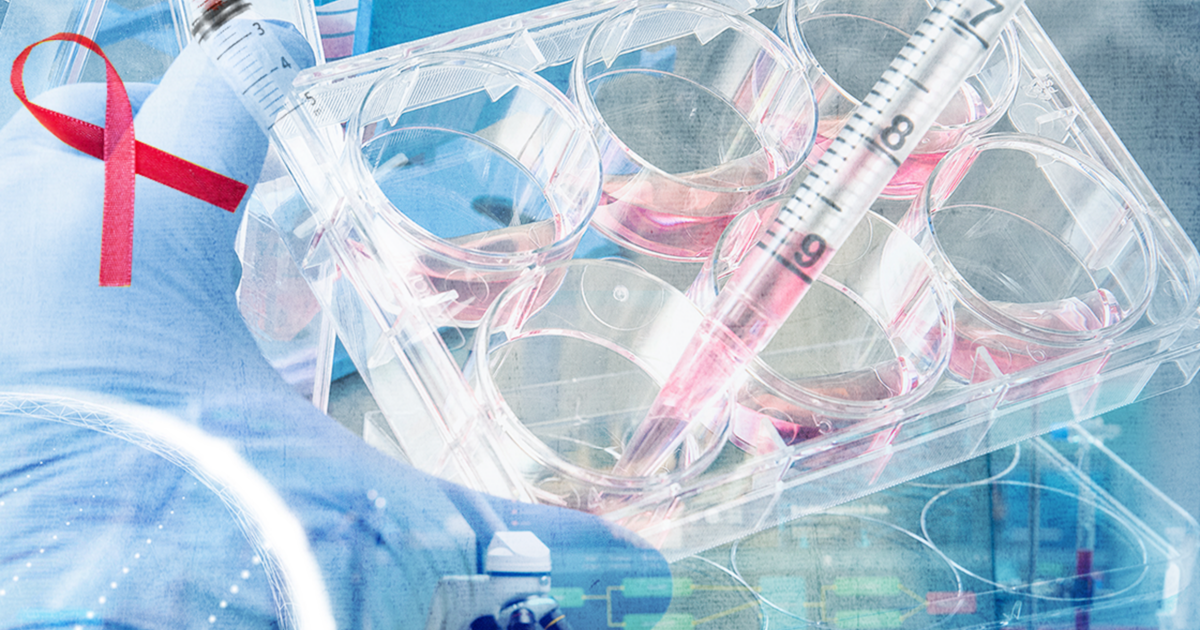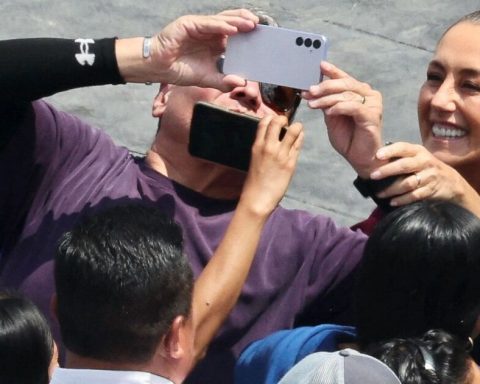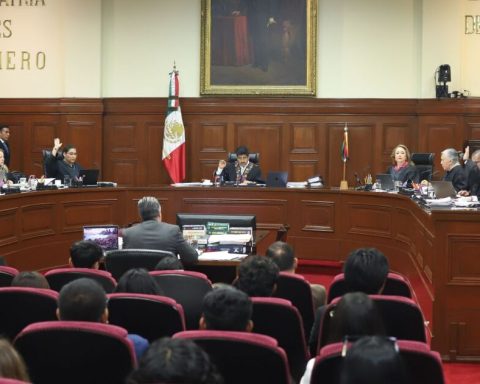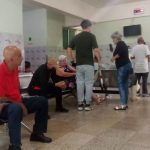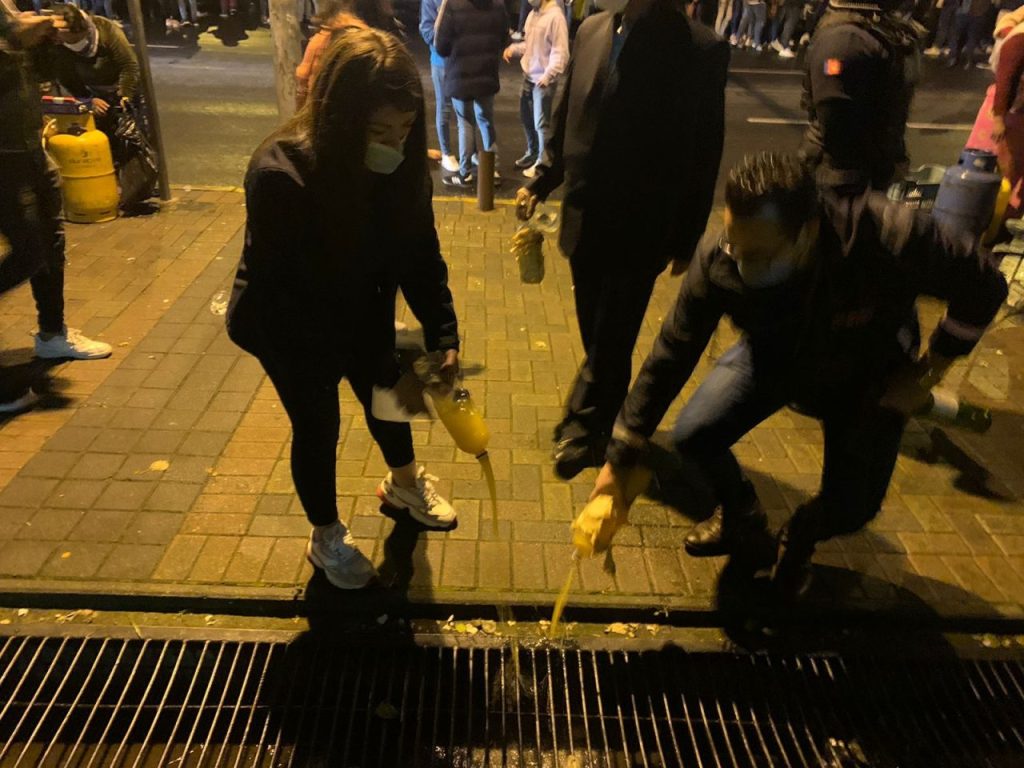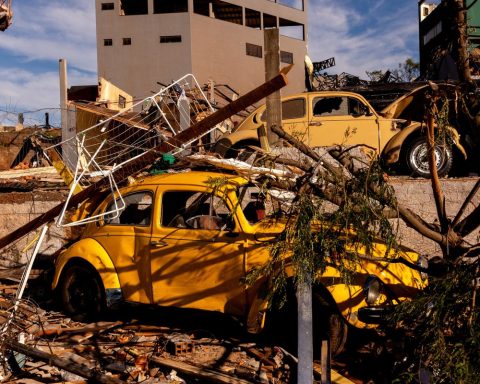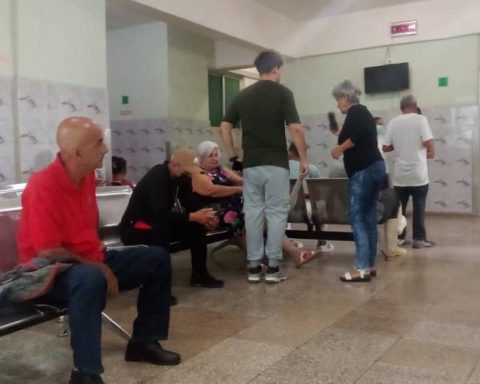In the early 1980s, the United States discovered the HIV (Acquired Immunodeficiency Virus), which since figures are available and until 2020 took the lives of between 25 to 35 million people in the world, but thanks to scientific advances it has reduced its fatal potential by about 53% in the last 10 years, according to estimates by the UN-AIDS.
Unlike other viruses or diseases that attack the immune system, HIV it is surrounded by stigma, misinformation, prejudice and discrimination in much of the world.
In Mexico, for example, still about 57% of the Mexican population would not agree with their children marrying a person with HIV and 35% said they would not rent a quarter of their home, according to figures from the ENADIS (National Survey on Discrimination).
When HIV first appeared in the world, it was called “gay cancer” because of the prejudices about homosexual relationships and the prevalence of diagnoses in this population group. People thought that it was transmitted by using the same towel or by a kiss and, at least in this country, since then and until now things are not so different: still 4 out of 10 Mexicans think that living with people living with HIV it’s a risk.
Alberto N, undetectable seropositive who receives antiretroviral treatment at the Condesa Clinic and whose The Economist has his file number, said in an interview that the greatest fear is not even the virus, but society, seropositivephobia, discrimination in the workplace, even family rejection.
“For me, finding out about the diagnosis was a very big impression and at the time I only thought that my life would never be the same and I was going to die long before any other“ healthy ”person. It still feels like a death sentence. One of the fears that I also suffered was because of the stigma that exists about HIV, that I was going to be rejected by everyone including my family, a person from the LGBT community being HIV-positive. It is to think that I could never find a partner. Upon receiving the diagnosis, I also faced thousands of suicidal thoughts. I never really thought about killing myself, but I related death to all my daily activities. “
There is an urgent need to talk about HIV, about prevention, treatments and above all to promote training and information to eradicate stigma. “Many people still think that an HIV diagnosis is a death sentence, I did not know what to do, I came to Clínica Condesa and even there sometimes I received a little sensitive treatment from the staff, I did not know anything about ART (treatment antiretroviral), a lot of people don’t know either. They are long, overwhelming processes, from the moment you are diagnosed until you start the treatment, you feel that the disease is progressing and on top of it you have to deal with prejudice and grief, “he said.
Discrimination is what kills. The only thing we hope is to feel like people and I think that here it is key to insist on disclosure from governments to the media, to talk and talk about HIV and to say that living with him does not take away our value and we are not dangerous for anyone, he commented.
“In my case the stigma was what made acceptance difficult and even that is the reason why I decide not to let other people know about my HIV status. These prejudices create fear for people to know their status and I know many who do not even do tests to ‘not know’ and then it advances and increases the risk of transmission. Prejudices hurt us but also others ”, he concluded.
Prevention: PreP, PiP and the vaccine
It is true that 40 years of advances have not been enough to find a cure for HIV or an efficient vaccine; But what there are are methods to prevent a large part of sexual, perinatal and blood transmissions.
In Mexico the PreP and the PeP: the prophylaxis pre-exposure and post-exposure prophylaxis to the virus, which can reduce the risk of contracting it from 80 to 99%.
PreP consists of taking medications daily for people who have not acquired the virus, while PeP is taking medications within 72 hours after sexual intercourse that may be considered risky.
PreP can also be given to pregnant women or people who have an HIV-positive sexual partner and are seeking pregnancy to reduce the chances of perinatal transmission. People who share syringes or have received blood transfusions can also take PreP.
In Mexico, the ImPreP trial was carried out, in Mexico City, Guadalajara and Puerto Vallarta where about 3,000 participants collaborated. The research project concluded on June 21, 2021 showing that the effectiveness of pre-exposure prophylaxis can protect people in up to 99% of cases from contracting HIV.
Simri Abner Hernández was one of the volunteers who participated in this project since he arrived in Mexico and continues to take it until now, he told El Economista his personal experience and above all he highlighted the importance of making this treatment visible, as well as extending its availability to more people, not just gay men and transgender women.
“Taking PreP, honestly, gives me a lot of peace. One of the main reasons why I decided to enter the project without hesitation was that one of my ex-partners was diagnosed with HIV and, among other violence that occurred within the relationship, there were times when she manipulated me into having unprotected sex. Some of us are really at risk all the time and we don’t even know it. I would no longer stop taking PreP, ”he said.
Even though I use PreP, I am aware that it only protects me from HIV, but there are many other sexually transmitted diseases, so condom use is a requirement for me as well. I keep constant monitoring and testing, but the reality is that even within our (LGBT +) community there is still a lot of misinformation, he explains.
To this must be added intersectionalities, education and access to prevention are not the same here as in the Isthmus of Tehuantepec or the Sierra Puebla. Accessing these treatments is still complex and destigmatizing HIV as well. Therein lies the importance of ImPreP, which with the evidence would lay an important foundation for federal and local governments to extend the availability of treatments, effective access to them, and be accompanied by sex education.
“I, who am from Villaflores (a municipality in Chiapas), can say that there are really many gaps in access to information, there is nothing known about PreP and it is not known that the PreP vaccine already exists, which is in the last phase and that CDMX is being a pioneer for all of Mexico and Latin America. I think that also because of the stigmata
This is a topic of little interest to the media, it is not a common topic on social networks or other platforms that young people can access ”, concluded Simri Hernández.
In Mexico the drug that is still being studied as a hope to be the vaccine against HIV is called Mosaico and it is a tetravalent formula developed by the pharmaceutical company Janssen, the United States National Institutes of Health and the Network of Vaccine Trials against HIV. HIV (HVTN). You can know more about the study here.
HIV is not a homosexual disease, it is not a death sentence, it is not spread by kissing and HIV-positive people have exactly the same rights and capacities as the rest of the population. Destigmatizing HIV is the beginning to increase prevention.
